Extreme Heat
All Extreme Heat Content
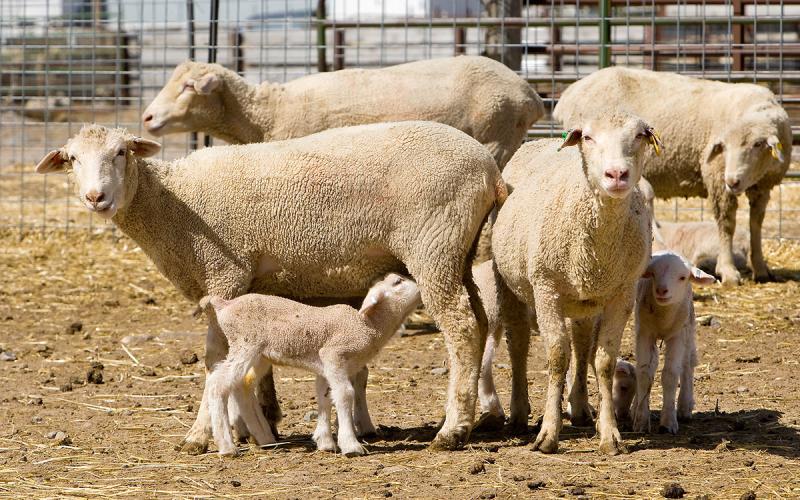
Managing Late-Gestation Heat Stress in Fall-Lambing Ewes
As South Dakota sheep producers navigate more high-heat days and longer warm seasons, we will have to work to adapt flock management to maintain health and productivity.
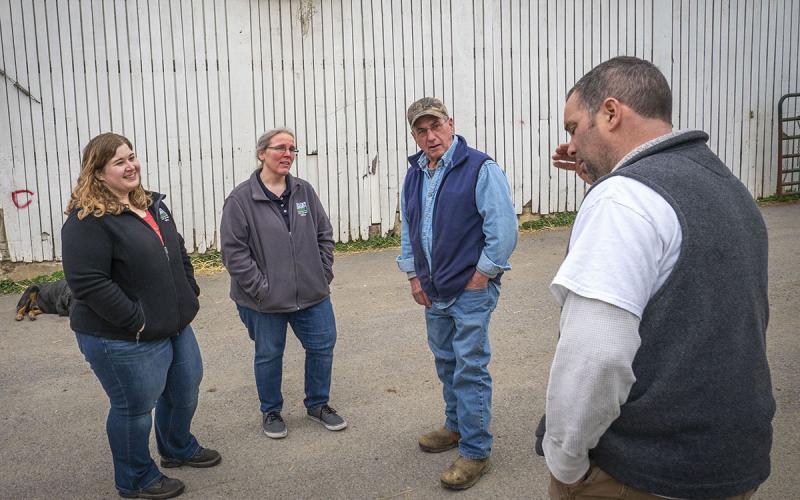
A Disaster-Ready Strategy for Cattle Operations
Cattle producers can minimize risk and maximize resilience. Having a written emergency action plan and routine exercise of the plan helps ensure animal welfare and business continuity.

Heat Exhaustion and Heat Stroke: Protecting Your Operation
During periods of extreme heat, operations must take additional steps to protect their employees from heat exhaustion and heat stroke.
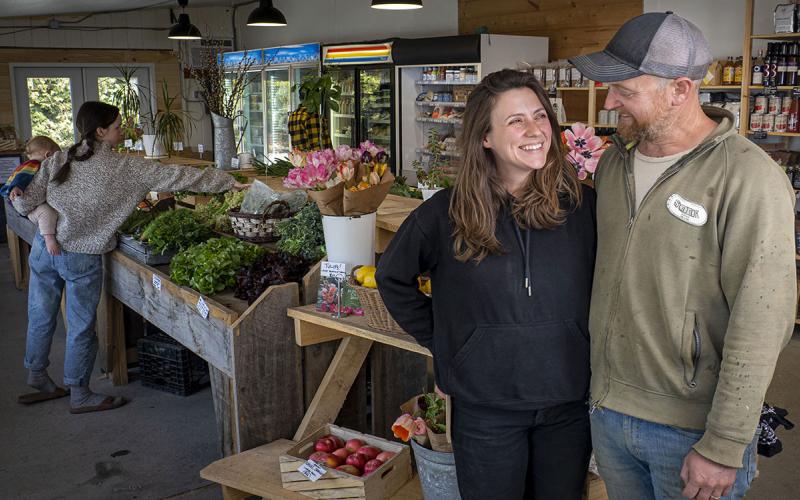
Resources to Stay Safe on Specialty Crop Farms
When was the last time you’ve thought about safety on your farm? View a collection of science-based safety resources for small and medium-scale commercial specialty crop farms from the field to the market.

Safe Exercise Habits in the Summer Heat
Midwesterners always get excited when the temperatures warm up and daylight gets longer during the summer, but there is some extra care required to exercise safely in summertime heat and humidity.

Heat Stress in Small Ruminants
The Upper Midwest provides periods of extreme heat during summer and shorter periods of heat stress potential during spring and fall. Are your sheep and goats cool enough in their environment?

Drought and Heat Effects on Corn Production
Nearly every season in South Dakota there are periods of hot, dry weather in at least parts of the state. While we have no control over the weather, producers can prepare for drought stress by using proactive practices.
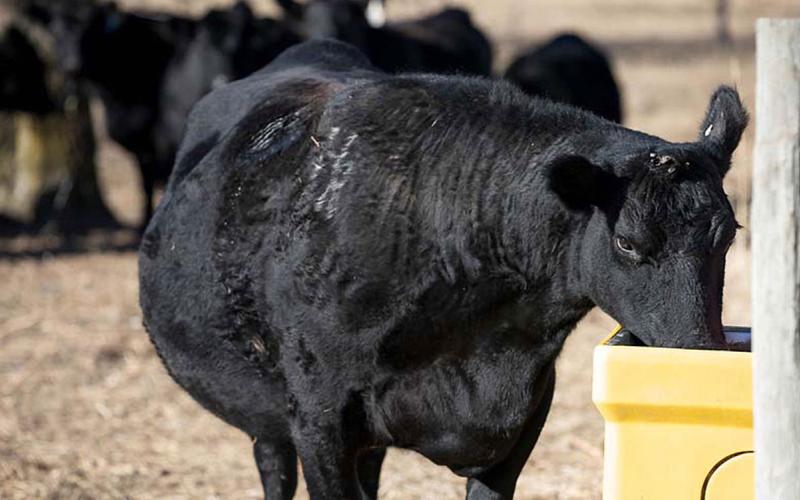
Weather and Water Intake in Beef Cattle
Water is a vital nutrient for beef cattle health and performance, and it is important to understand how weather can influence water intake during periods of warmer and cooler weather.

Indicators of Heat Stress
All cattle experience heat stress, whether they are in the feedlot or out on pasture. Learn some key indicators to watch for when herds are faced with extreme heat events.
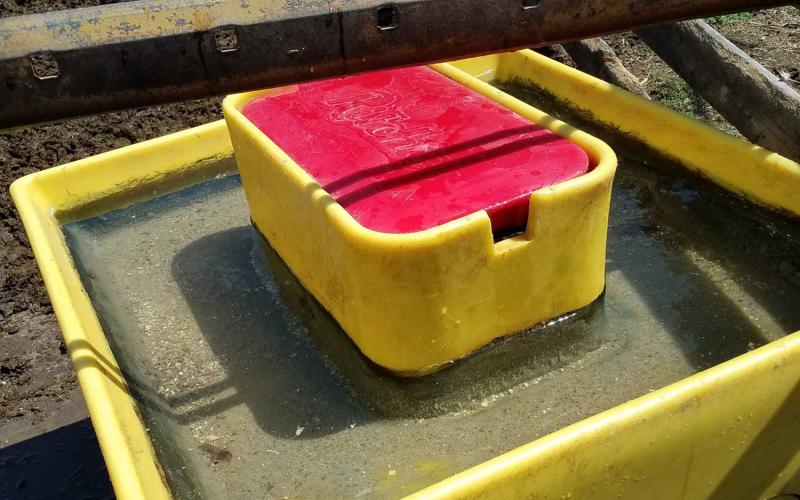
Water: The Unappreciated Nutrient
Water intake is strongly linked to feed intake, so any factors that cause cattle to drink less will lead to reduced feed intake and consequently reduced performance.